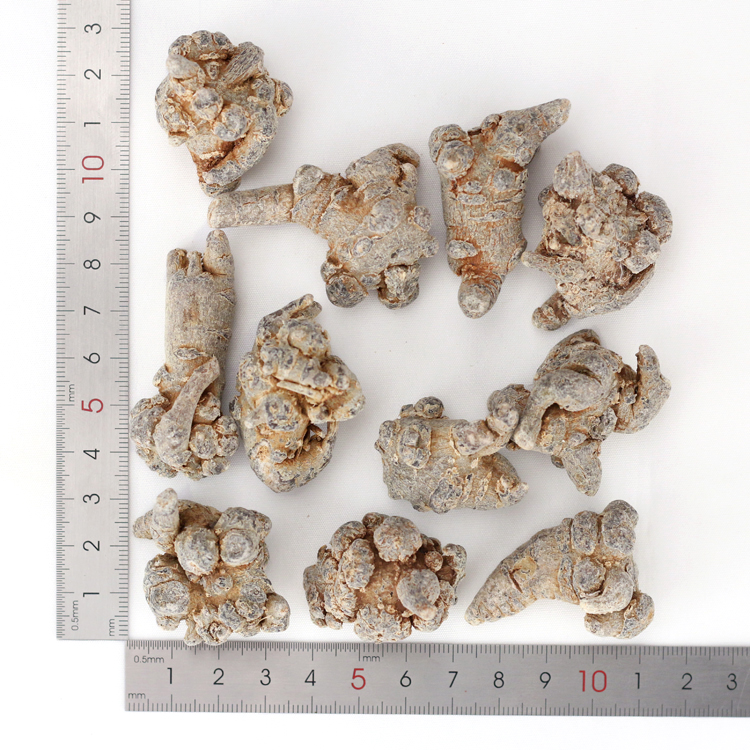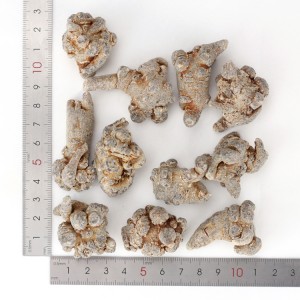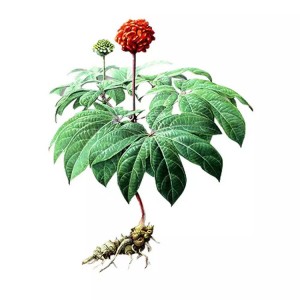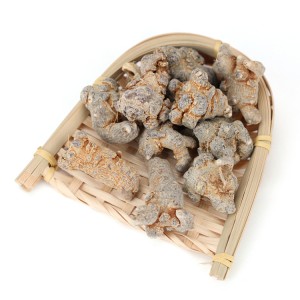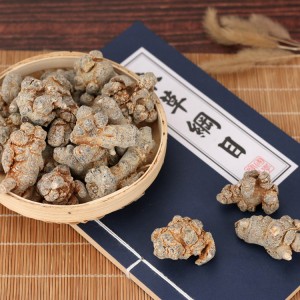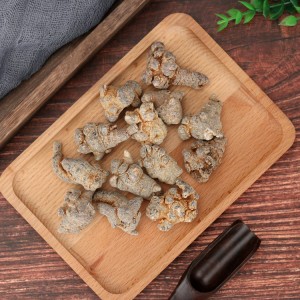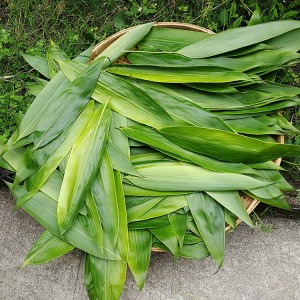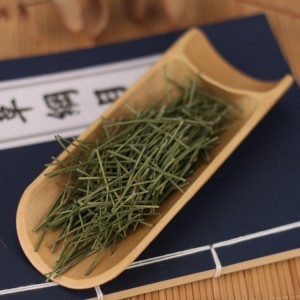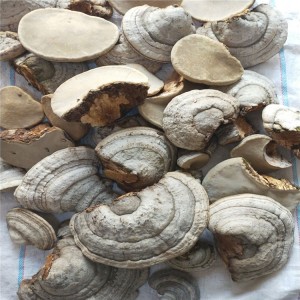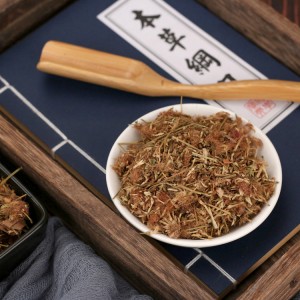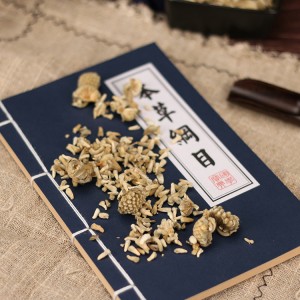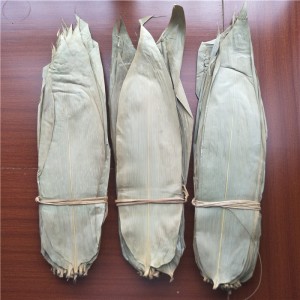100% Natural High Quality Panax Notoginseng
Specification
|
Chinese Name
|
San qi
|
|
English Name
|
panax notoginseng
|
|
Latin Name
|
Panax notoginseng (Burkill) F. H. Chen ex C. H.
|
|
Size
|
33g/pcs, 25g/pcs, 15g/pcs,12g/pcs,
|
|
MOQ
|
1kg
|
|
Specification
|
whole ,slice,powder
|
|
Usage
|
Healthcare products,spice,extract raw material,Spice
|
|
Origin
|
An hui,Hai nan,Jiang su,Etc
|
|
Storage
|
In clean,cool,dry area; Keep away from strong,direct light.
|
Product Introduction
Source: This product is the dried root of Panax notoginseng (Burk.) F. H. Chen, a plant of the Araliaceae family. Dig it up in autumn before the flowers bloom, wash it, separate the main root, lateral roots and stem base, and dry it. The lateral roots are commonly known as "tendons" and the stem base is commonly known as "cuts".
Properties The main root is conical or cylindrical, 1 to 6 cm long and 1 to 4 cm in diameter. The surface is gray-brown or gray-yellow, with intermittent longitudinal wrinkles and lateral root marks. There are stem marks at the top and tumor-like protrusions around. It is heavy and solid, with gray-green, yellow-green or gray-white cross-section, and the wood is slightly radially arranged. The smell is slight and the taste is bitter and sweet. The tendons are cylindrical, 2 to 6 cm long, with a diameter of about 0.8 cm at the upper end and about 0.3 cm at the lower end. The cut is irregularly wrinkled and strip-shaped, with several obvious stem marks and rings on the surface, and the center of the cross-section is grayish white and the edges are gray.
Precautions
Storage: Store in a cool, dry place to prevent moth damage.
Meridians: Liver and stomach meridians.
Nature and flavor: Sweet, slightly bitter, warm.
Note: Use with caution in pregnant women.
Functions: Disperse blood stasis and stop bleeding, reduce swelling and relieve pain. Used for hemoptysis, hematemesis, epistaxis, bloody stool, metrorrhagia, traumatic bleeding, chest and abdominal pain, and swelling and pain from falls.
Usage and dosage: 3-9g; grind into powder and swallow, 1-3g at a time. Appropriate amount for external use.
Chemical composition: The root contains notoginseng saponin A (arasaponin A, C30H52O10) and notoginseng saponin B (arasaponin B, C23H38O10), which are hydrolyzed to generate sapogenin A, sapogenin B and a molecule of glucose respectively. Recently, it has been reported that it contains five triterpenoid saponins, whose aglycones are ginsenodiol and ginsenotriol. In addition to saponins, the root of Panax notoginseng also contains alkaloids and flavonoids. The leaves of Panax notoginseng contain saponins, and after hydrolysis, the sapogenin is mainly ginsenodiol, and oleanolic acid can be clearly detected, but the content of ginsenotriol is very small.

